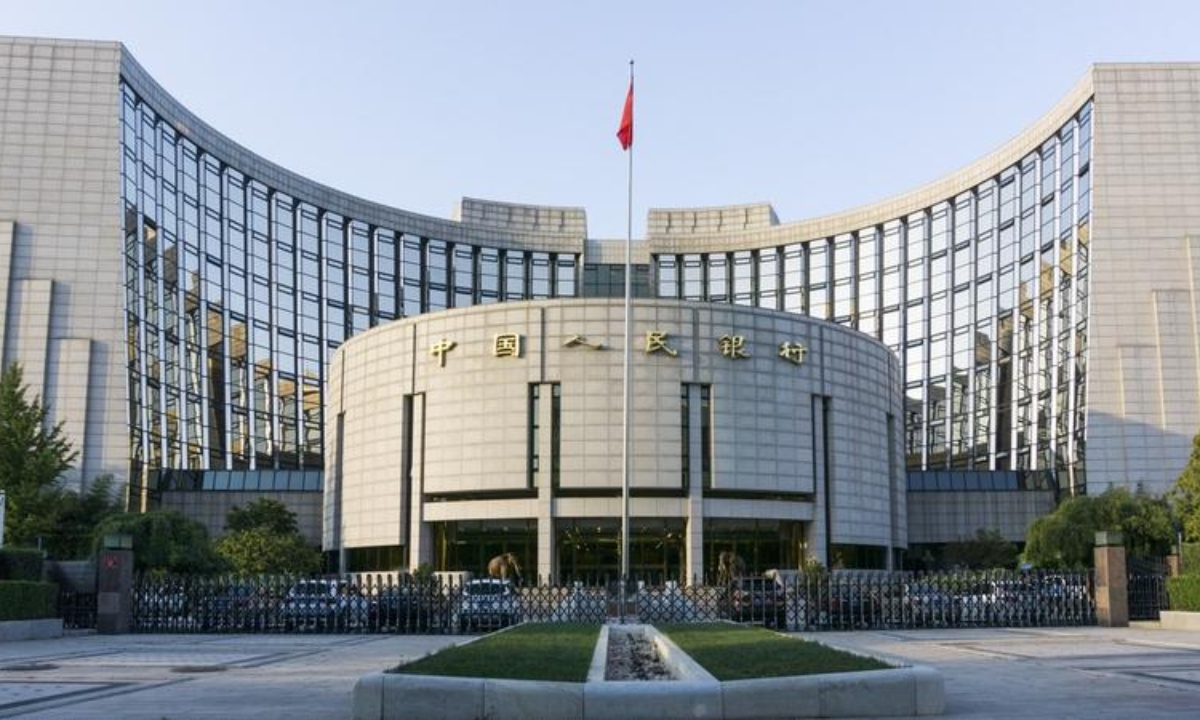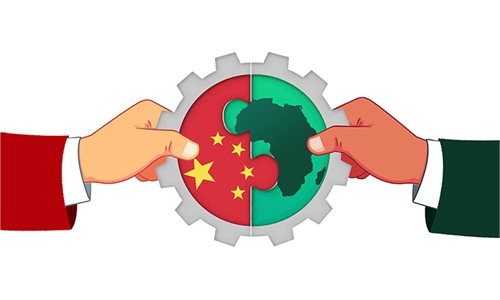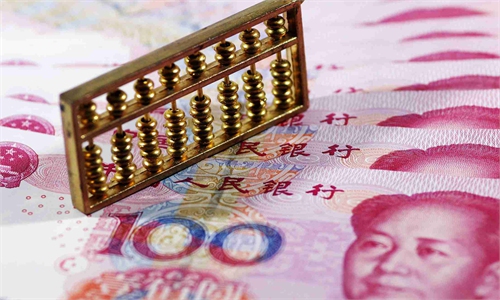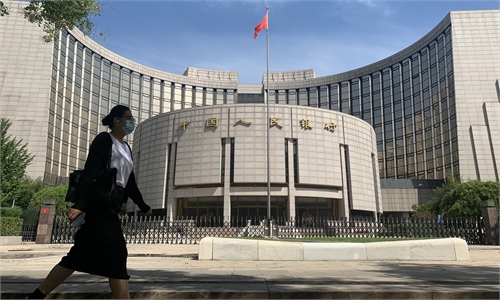
The headquarters of the People's Bank of China in Beijing Photo: IC
China's central bank on Wednesday lowered the cost of its medium-term loans to banks , marking the first reduction of the country's market-based interest rates after the relevant Chinese authorities on Tuesday rolled out major policies to support the economy, including cuts to the reserve requirement ratio and interest rates.
Observers said that the sweeping move is conducive to reducing banks' lending costs and could be followed by more "proactive" policies such as cuts to the market-based benchmark loan prime rate and deposit rate.
Those concrete measures would channel more liquidity into the market and continue lifting up market confidence, providing a solid foundation for steering the world's second-largest economy toward the annual GDP growth goal of 5 percent, they noted.
The People's Bank of China (PBC), the country's central bank, announced on Wednesday that it cut the rate on 300 billion yuan ($54.7 billion) worth of one-year medium-term lending facility (MLF) loans to some financial institutions to 2 percent, from the previous 2.3 percent.
The bid rates in Wednesday's operation ranged from 1.90 percent to 2.30 percent, and the total balance of MLF loans now stands at 6.878 trillion yuan, according to a statement on the PBC's official website.
"Wednesday's MLF cut further sends a resounding signal that, despite internal pressures and external volatility, the Chinese government is determined to and has abundant toolkits to cushion against headwinds and bolster the economic recovery's momentum," said Yang Delong, chief economist at Shenzhen-based First Seafront Fund.
Chinese stocks on Wednesday extended their rally from Tuesday, with all three major indexes closing up by more than 1 percent on major policy support, which indicates heightened investors' confidence in the prospects of the world's second-largest economy. Trading volume in the Shanghai and Shenzhen markets surpassed 1 trillion yuan for the first time since May 6.




